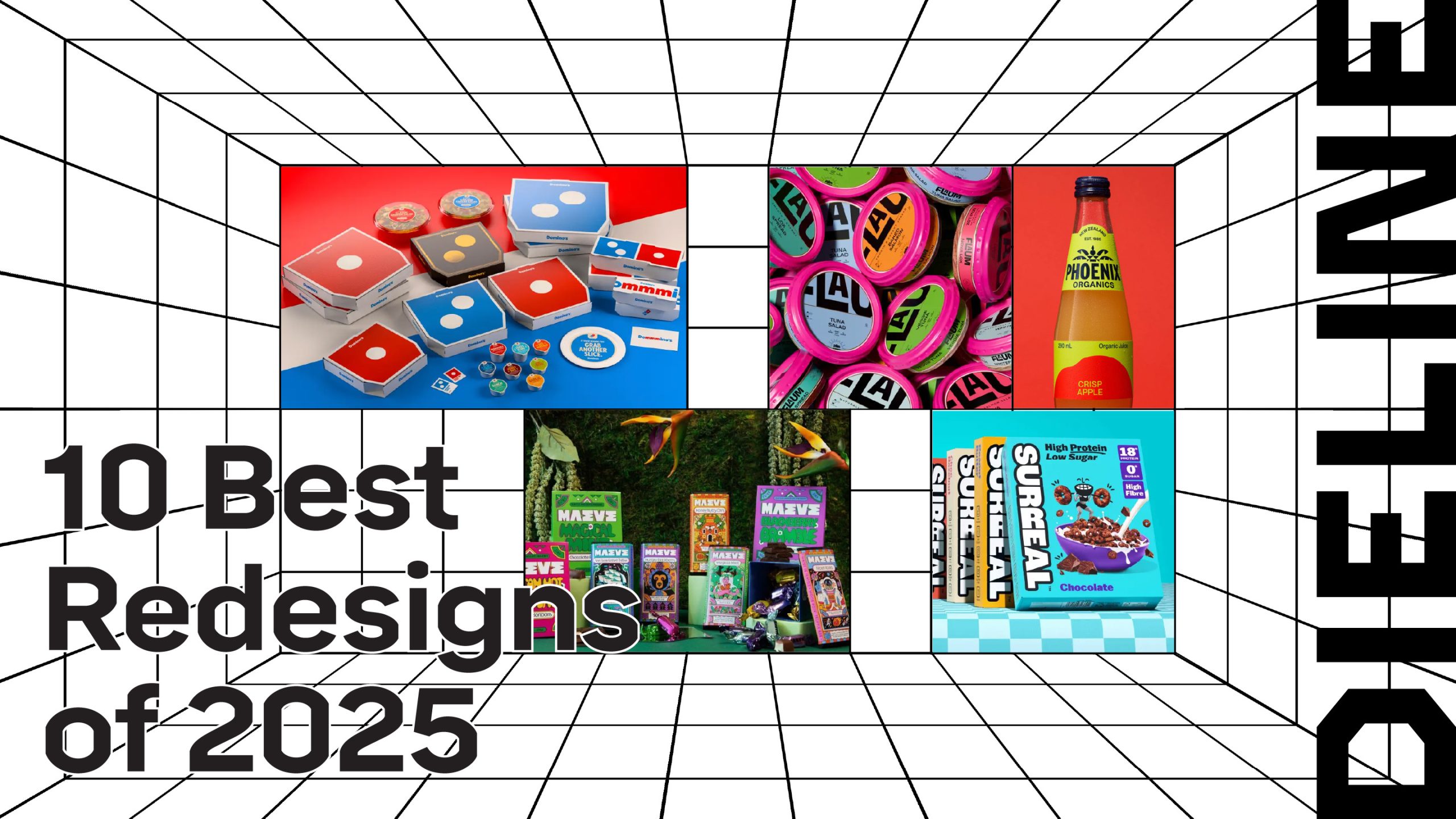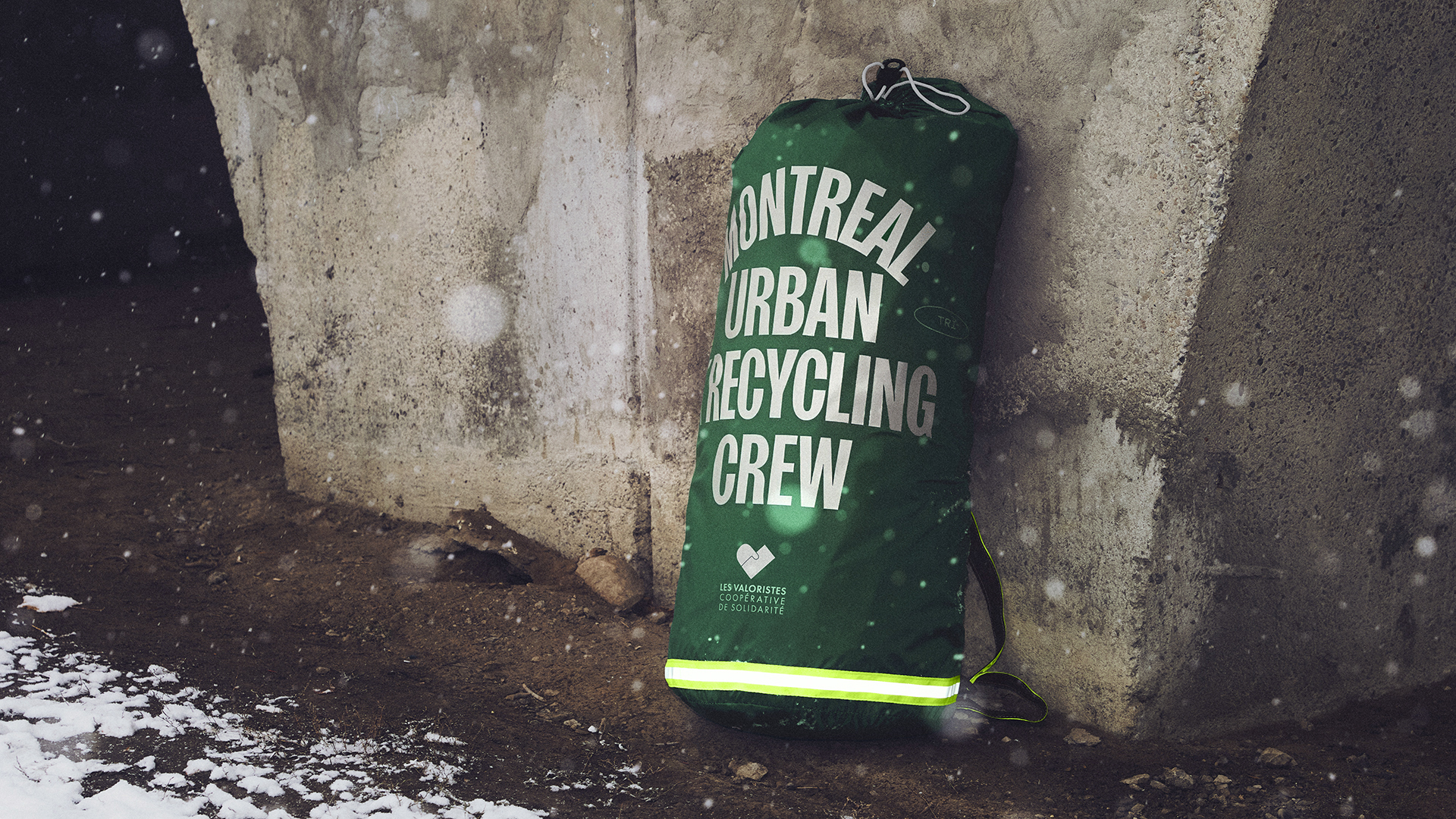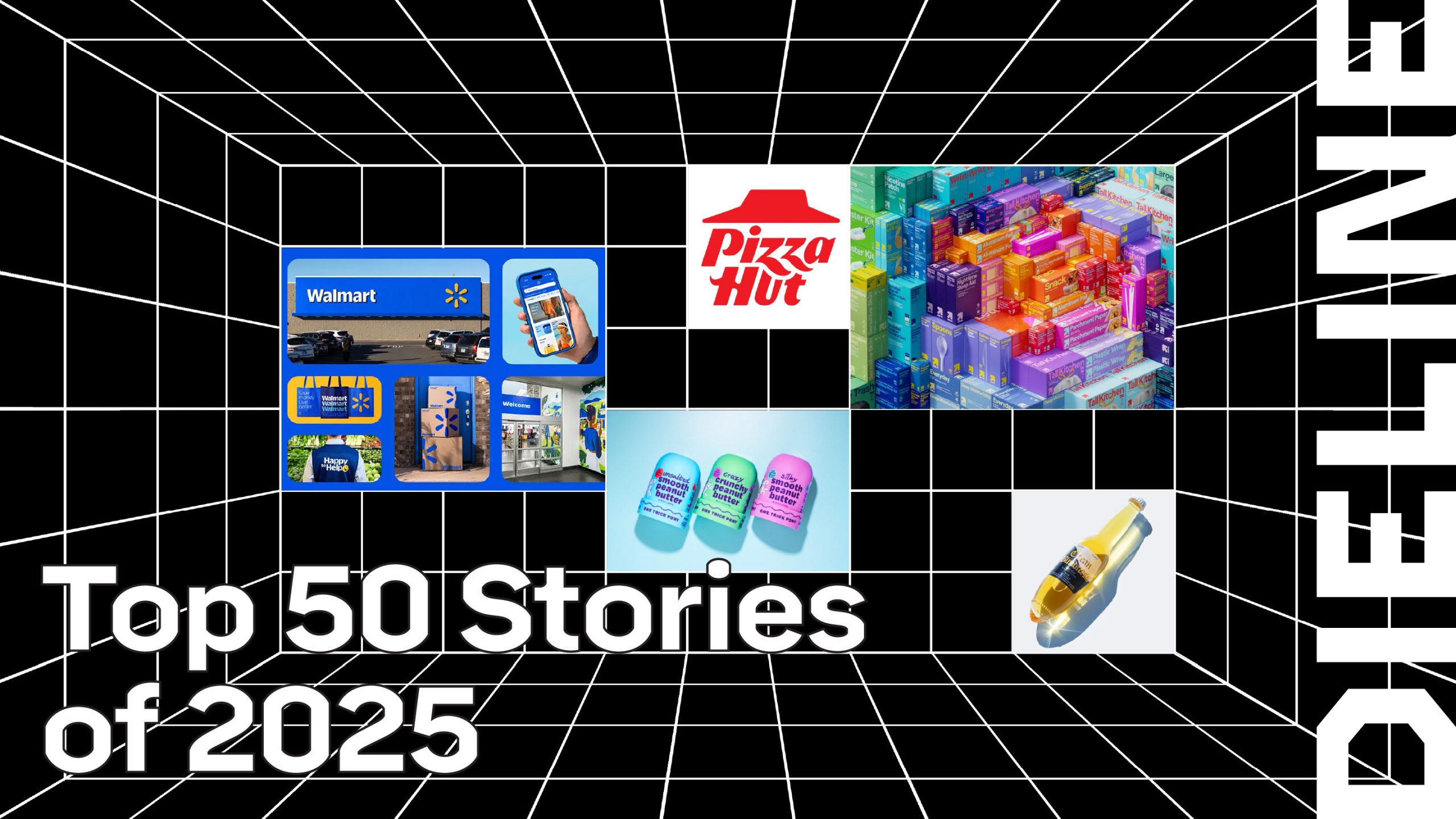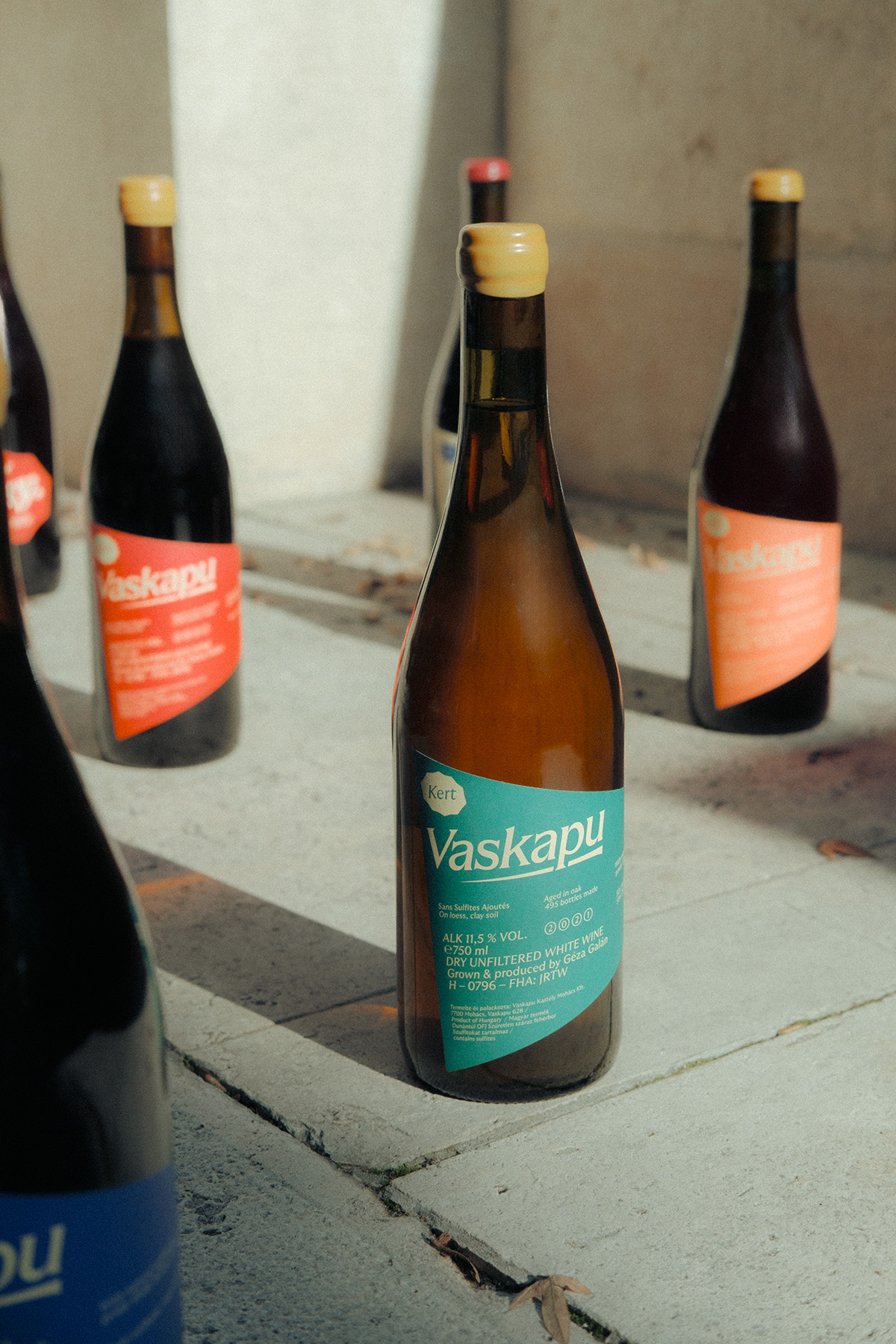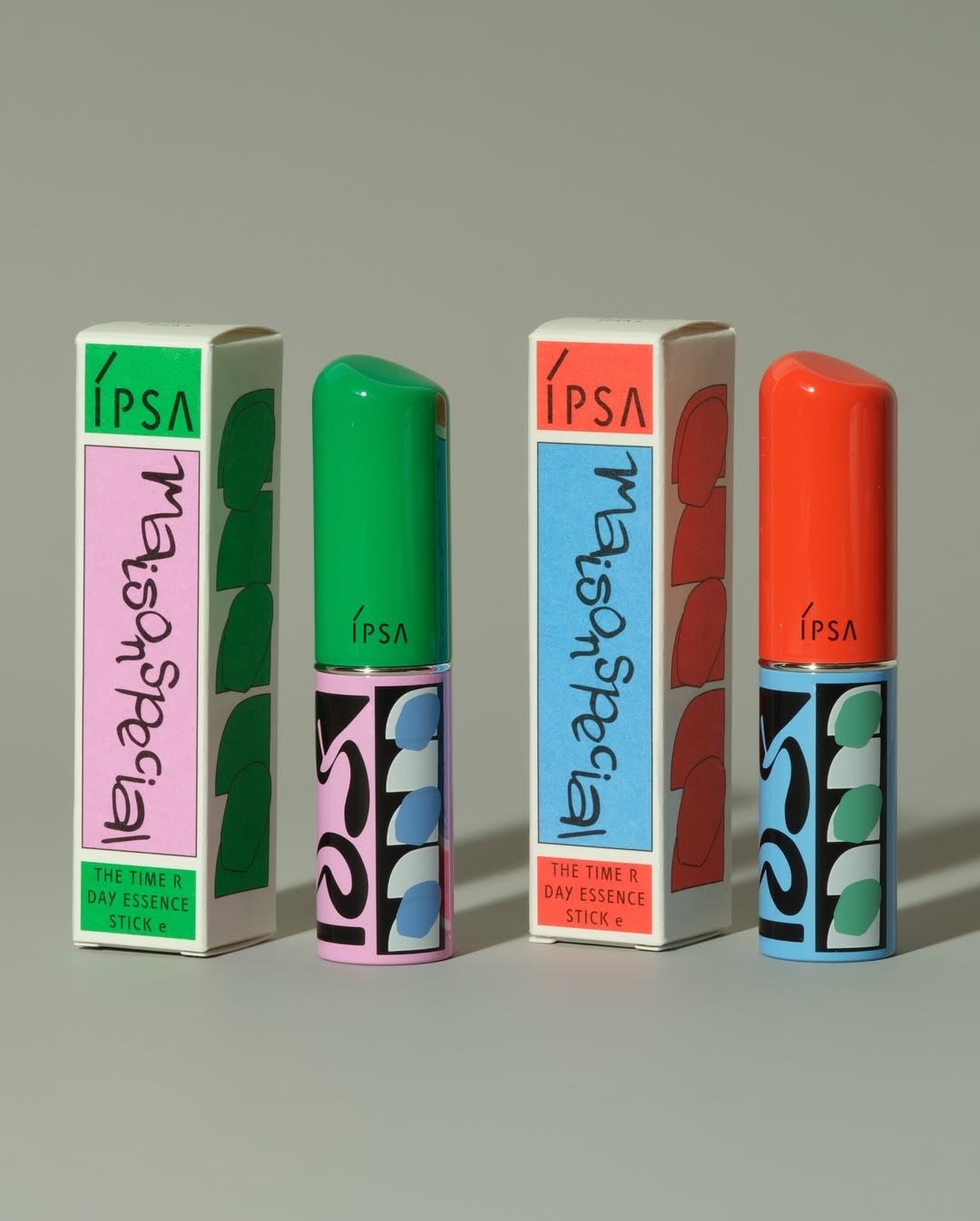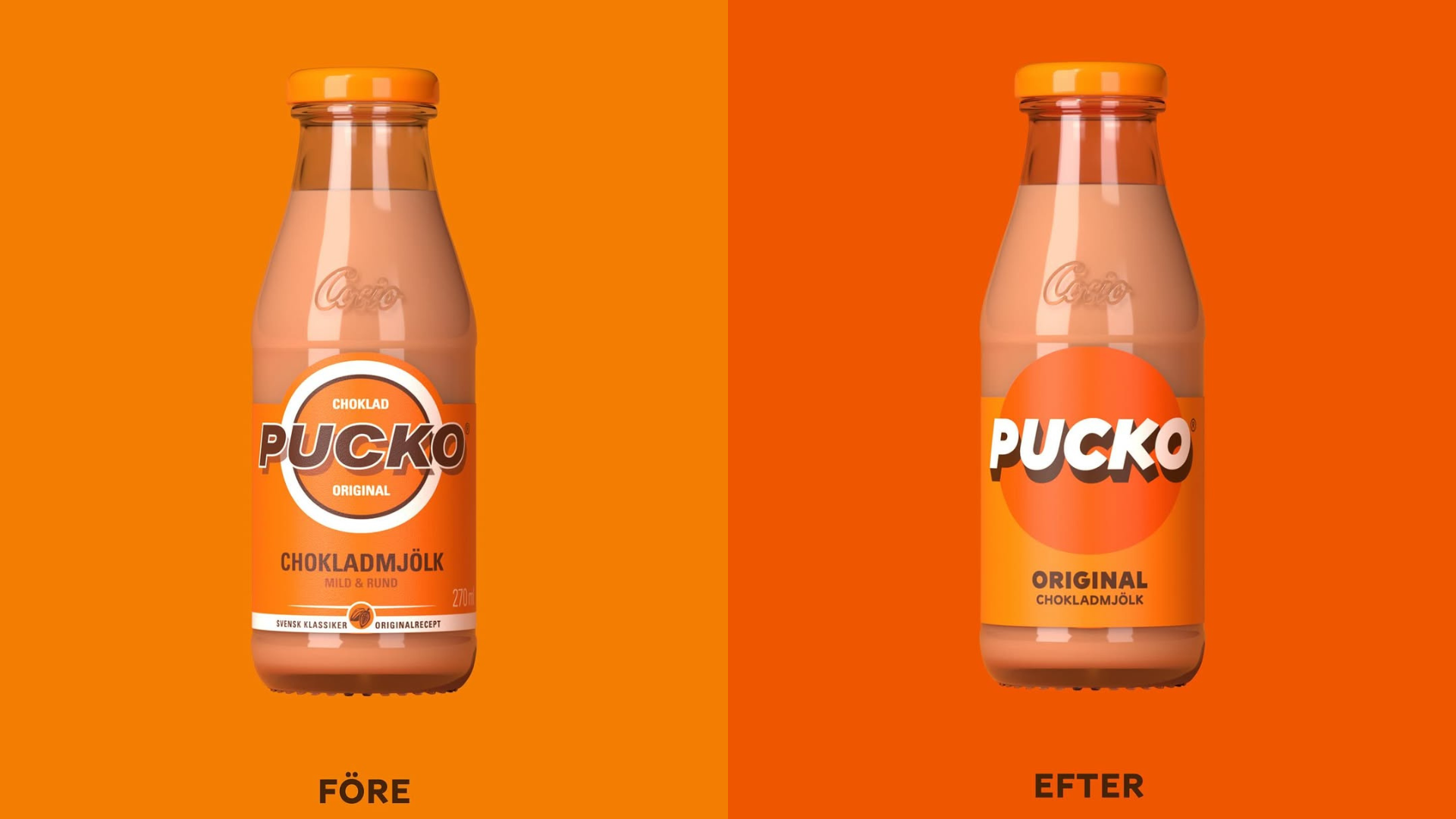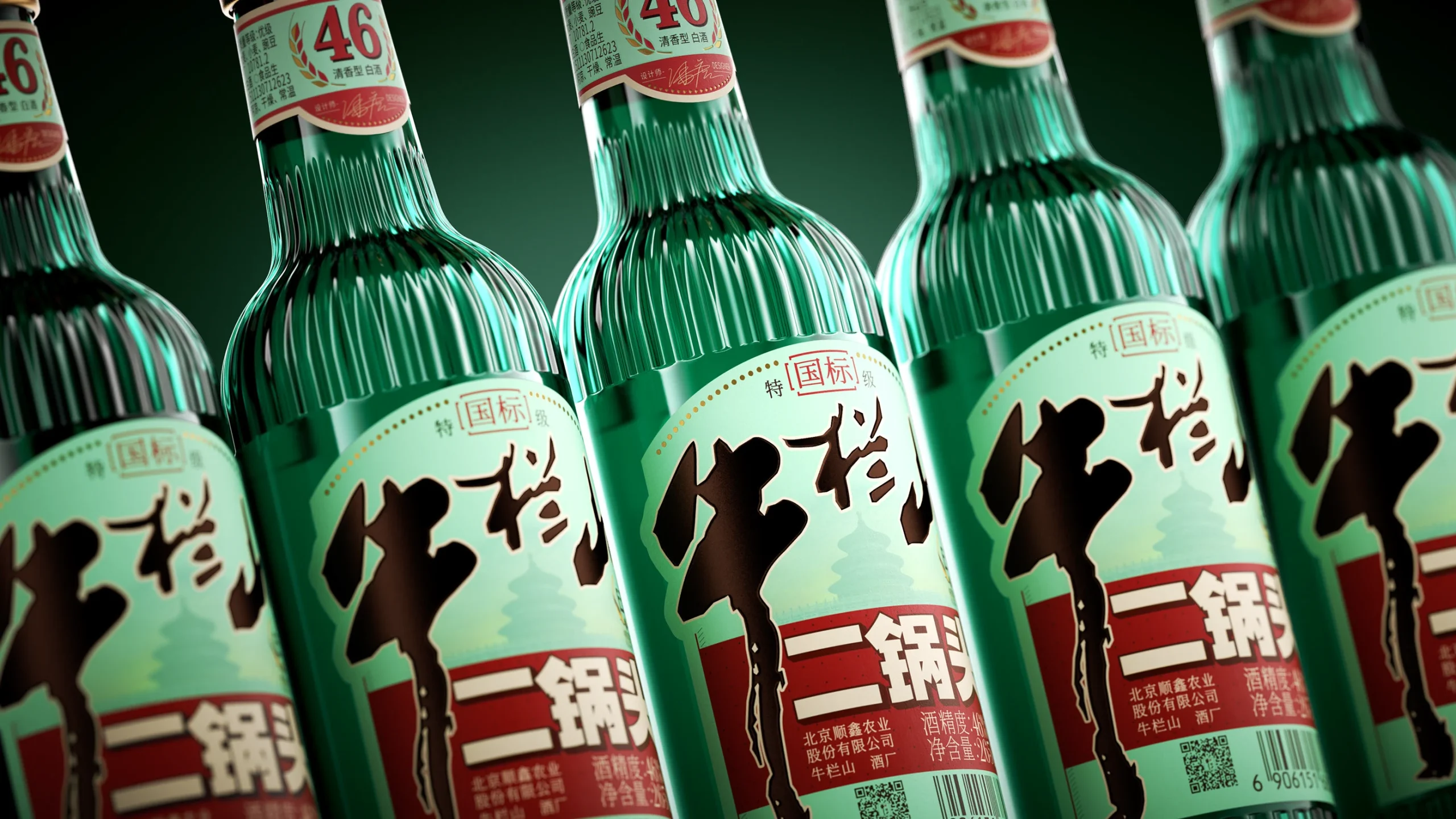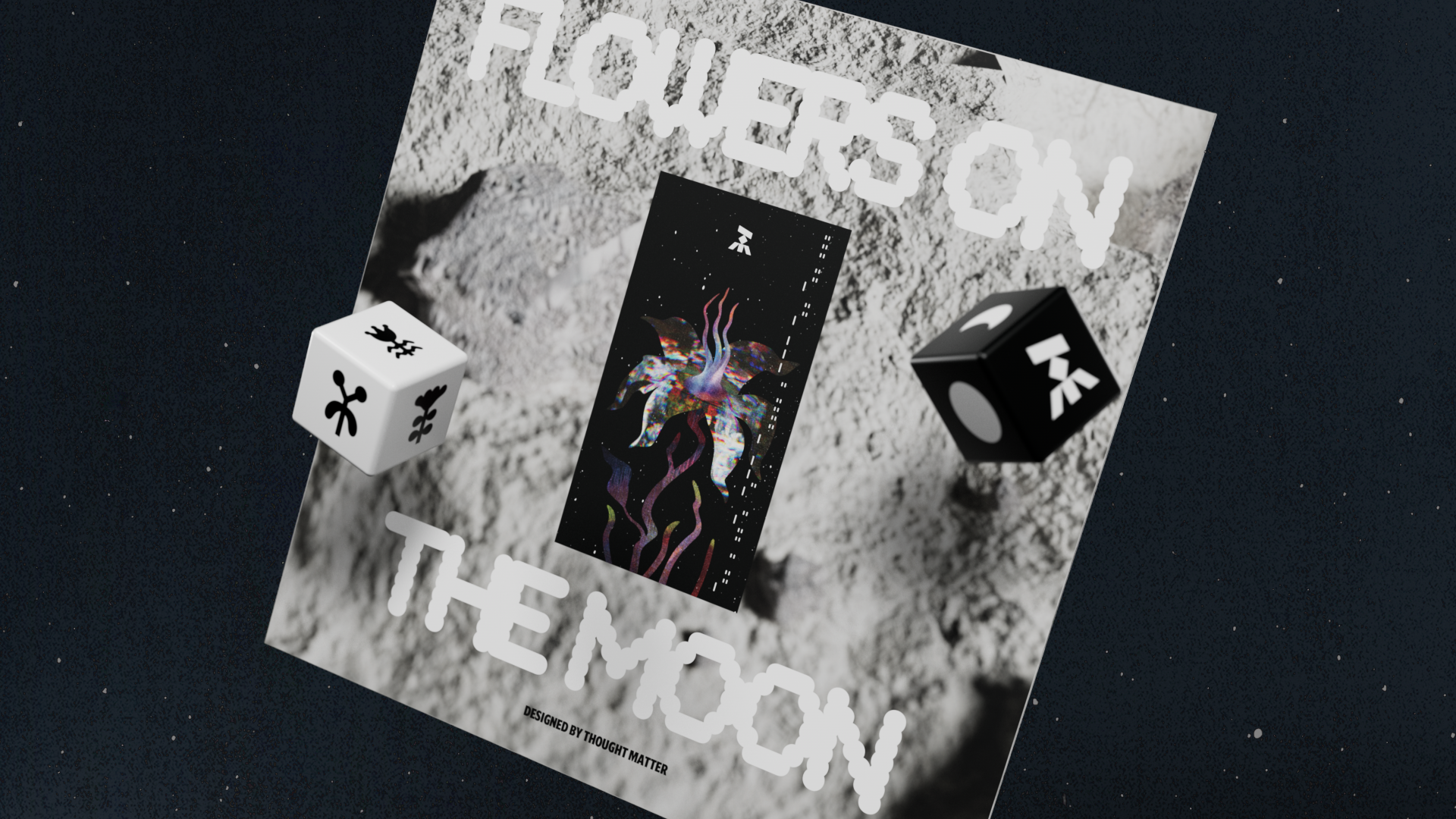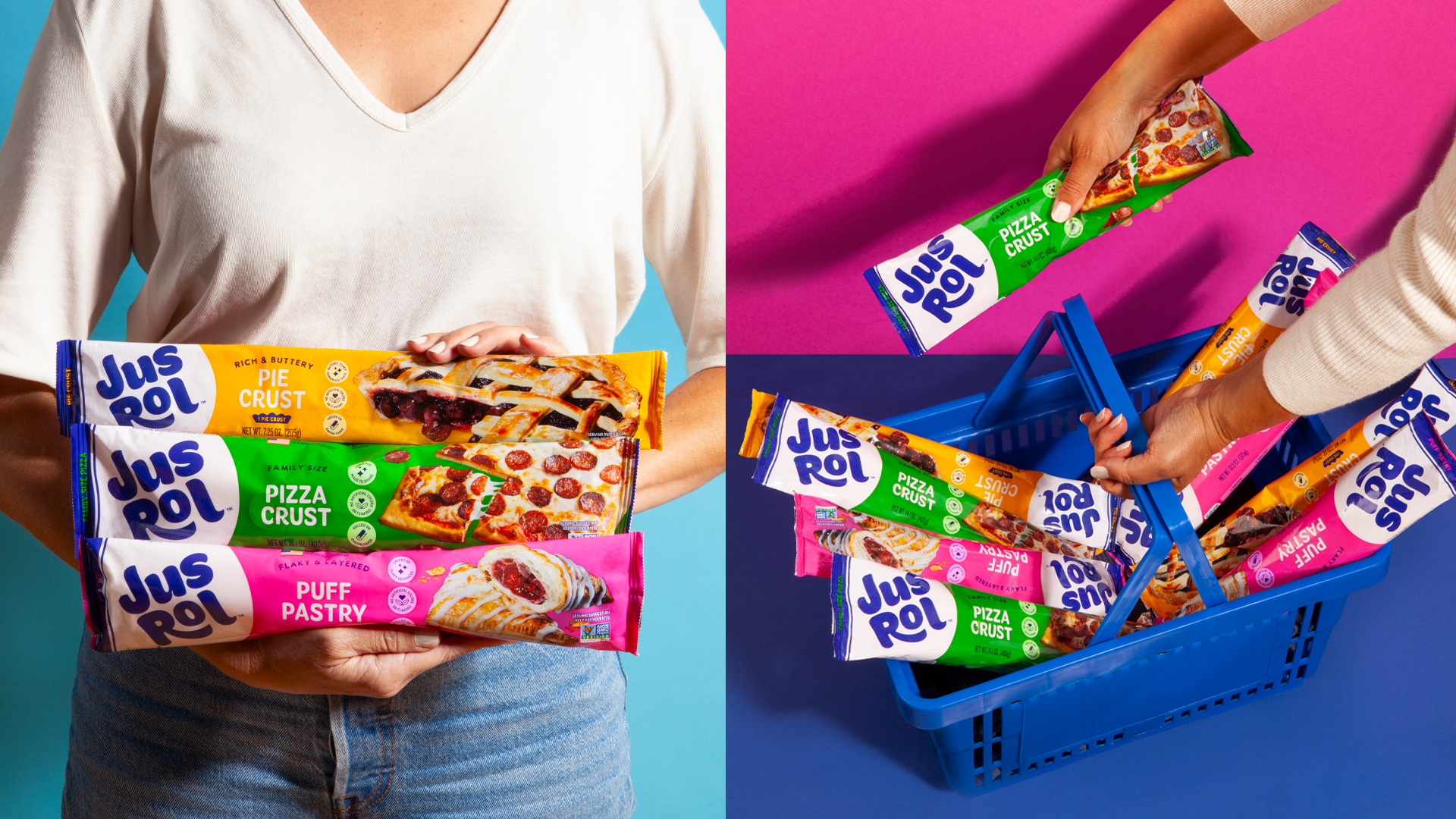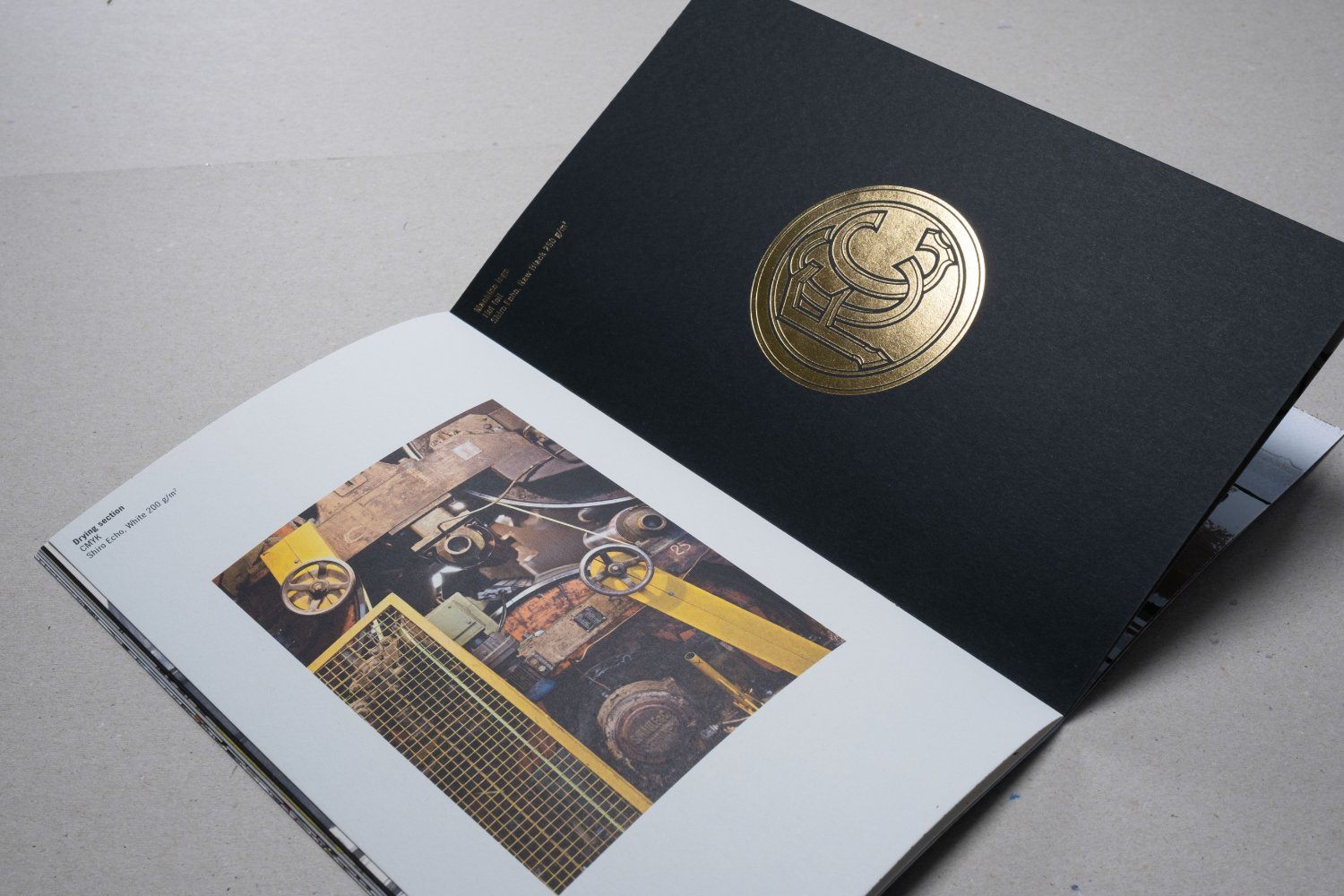

In the age of digitalization, the web page continues to dominate its printed counterpart. But does this mean the death of print?
Certainly not. Instead, we see a shift in print’s position within content consumption and, as such, a shift in its value. Digitalization is not a bad thing; it is often more readily accessible, cost-effective, and environmentally-friendly. From a designers’ point of view, the creative possibilities are arguably enhanced by the fluid, flexible digital page compared to print’s fixed dimensions.
However, our inherent human fascination with physical objects will never go away. I appreciate the visible aging you get with print, with pages getting dog-eared and torn, as this not only tells a story about its usage but how we cherished it. We’re naturally sensory beings, and we’ll always long for a physical element in the entertainment we consume. The resurgence of record players and vinyl in recent years, despite the digital availability of platforms like Spotify, only exemplifies this. Yes, it’s a beautiful artifact, but an LP allows listeners to experience music in a more tactile way—it becomes an emotional form of content engagement that can never get replicated through a digital streaming service.
